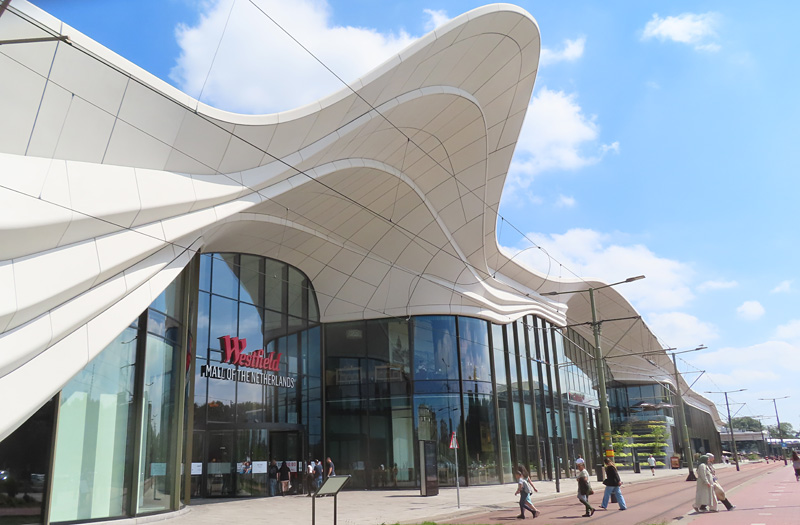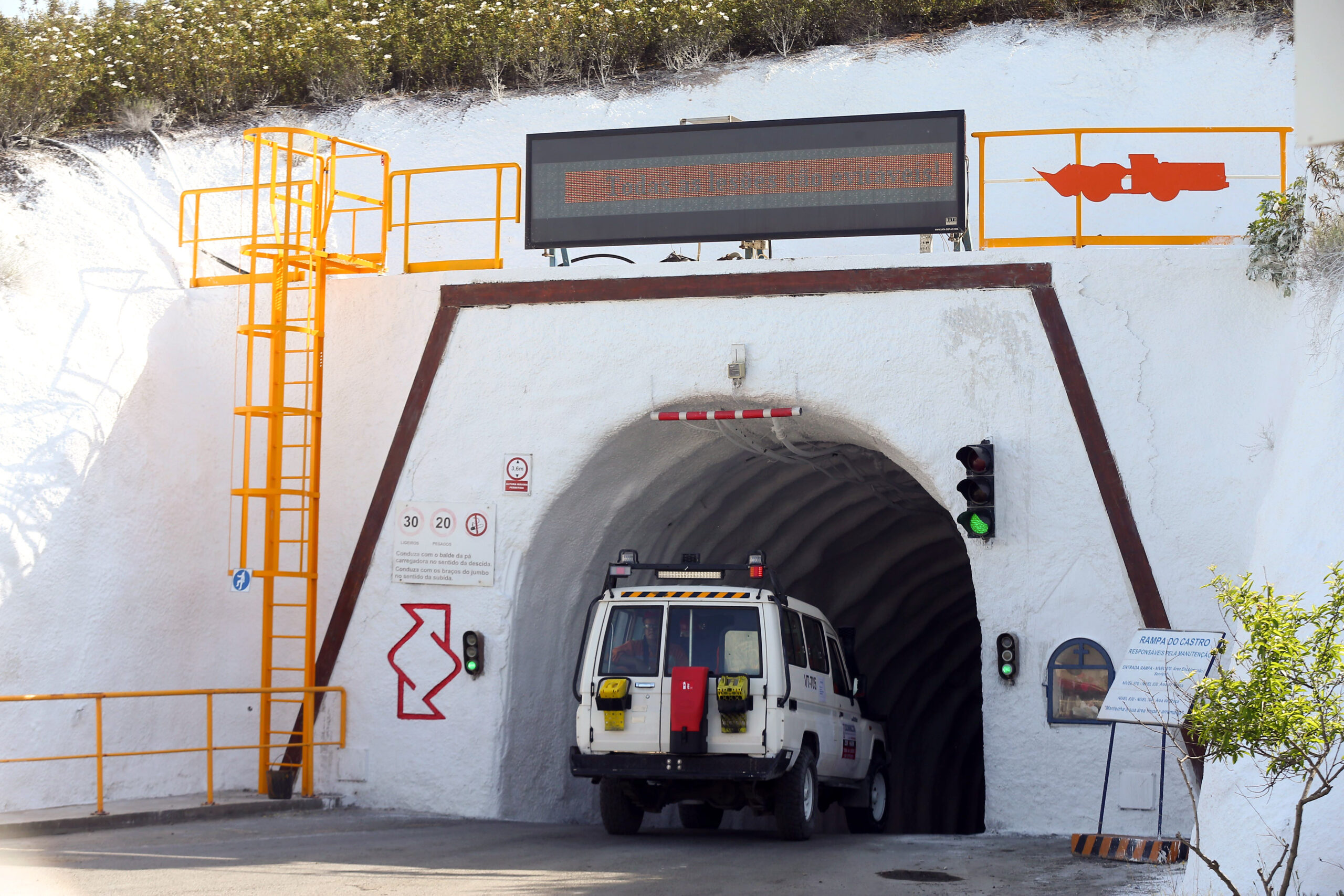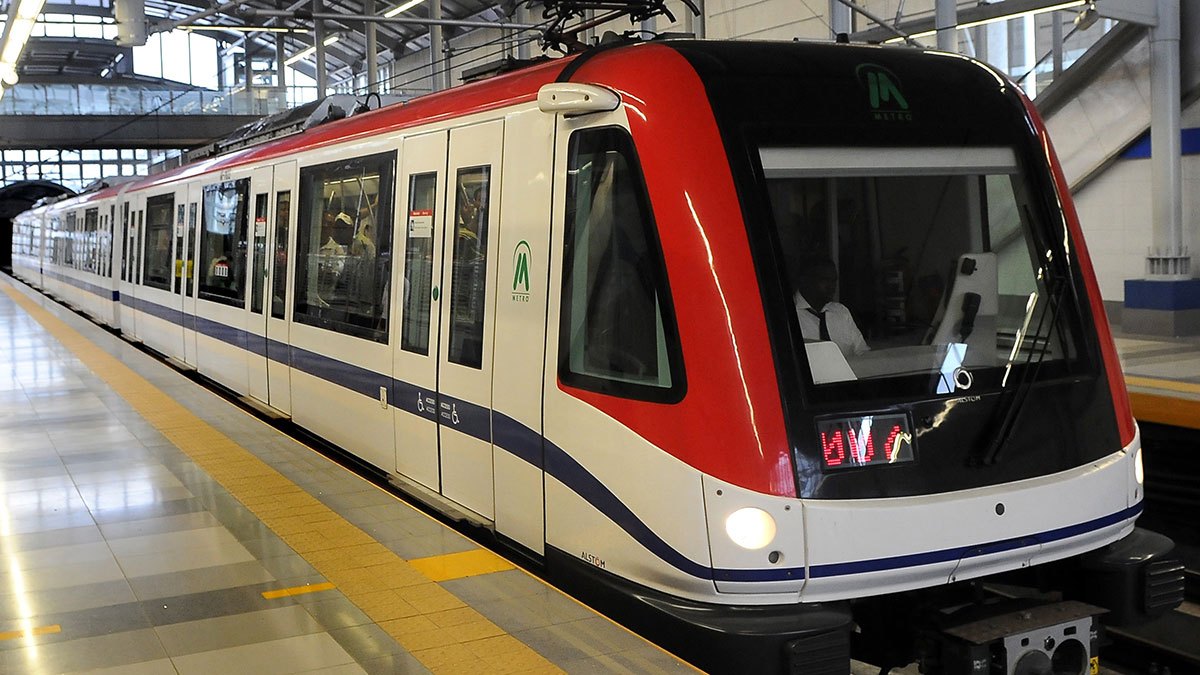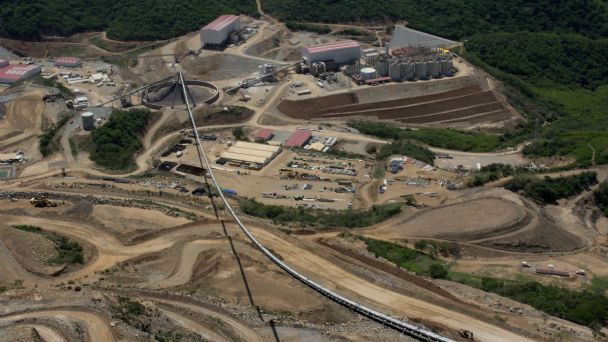
Greek’s second biggest city Thessaloniki has an incredible cultural history going back thousands of years. Just like the more well-known Athens, its streets are full of beautiful ancient buildings, most notably the white tower, by now synonymous with the city’s beautiful seaport. But like Athens, and indeed, most of Greece, what goes on below ground is almost as much of interest as what happens at street level.
That usually means archaeologists excavating below street level, seeing what artifacts that the city’s seemingly never-ending history throws up next. But since 2006, there’s been a different kind of excavation going on: that of the Thessaloniki Metro. We recently took a closer look at the project to see how it was progressing.
From Concept to Reality
Home to over 300,000 people, Thessaloniki’s residents must feel that a metro in the city is well deserved. Europe alone has over 50 metro systems, with smaller cities like Rennes, Brescia and Catania possessing their own subways. It turns out that the creation of a metro has been the burning issue on the city’s agenda for just over 100 years.
Mayor Sotiris Kouvelas published a development plan for a metro in Thessaloniki 30 years ago this year in 1988. The plan was visionary and much of its central tenets remain true to the more modern version of the metro. However, without central government support, it never got much further than a large hole in the city centre - a daily reminder to the city’s people that they had yet to get their metro.
In the early 2000s, with full government and EU support, the project was reopened. A public-private partnership (PPP) between the Greek government and Attiko, and a combination of funding from the European Investment Bank and the European Regional Development Fund gave the financial boost required to make the metro a reality.
The Scope of the Project is the design, construction, supply and installation of the equipment, including Rolling Stock, commissioning, maintenance of the network, the supply of the required spare parts, as well as the training of the personnel of Thessaloniki Metro. This network comprises of an underground line of two separated tracks, approximately 14,4 Km long, 18 central platform stations with their shafts, 2 forestations, 2 trumpets, 7 crossovers and one Depot with the Operation Control Center and the Administration Building, as well as all necessary electromechanical and Railway Systems, including the Rolling Stock.
When finished in 2020, the first line, (the so-called ‘base line’) will traverse the entire Thessaloniki urban center, connecting east to west, and will include 2 parallel lines of approximately 9.5 kilometers each. The second line, the Kalamaria Extension, will run on separate lines totaling 4.8 kilometers each, and add five stations to the network. It will include 18 fully automatic air-conditioned trains and a 50,000m² depot at Pylea.
Socioeconomic and Environmental Impact
Attiko management is on record as saying that, when delivered, the Thessaloniki metro system will be ‘the best metro system in Europe.’ It’s not difficult to see why. Attiko say that it’s 85% complete as of the third quarter of 2018 and when finished that it will provide an estimated 65,000 journeys daily across the city - in less than 15 minutes - considerably improving life in the city by halving journey times.
The impact doesn’t stop there. In the construction phase, the project has already hired over 1,000 people, almost all of whom are local. Furthermore, a 2012 paper by three Greek academics (Roukouni, Kokkalis and Socrates) said that the appearance of the metro in the city would considerably enhance the land use in the areas around the metro for residents and visitors alike.
In terms of the environmental impact, it is estimated that line 1 of the project alone will decrease CO2 emissions in the city by approximately 1.25 million tonnes and CO emissions by a further 25,000 tonnes, thanks to a dramatic fall off in road congestion and the arrival of the metro’s electric trains. The system will truly play a key role in the vision of sustainable mobility.
‘Both Antiquities and Metro’
The city of Thessaloniki was founded in 315 BC by Cassander of Macedon and during it was an important metropolis in the Roman period and the second largest and wealthiest city of the Byzantine Empire. This means that the city is home to some of Europe’s richest archaeological heritage, and the largest archaeological excavation ever conducted in Northern Greece, extending over an area of 20.000 square meters, is underway.
The archaeological works, rising up to a budget of 132 million euros in total, have revealed 300.000 archaeological findings in 12 stations of the Project. During this excavation at 10 meters depth, a great amount of findings were discovered, some of which were of great importance according to the archaeological authorities. In some cases, works have paused for months or even for years in order for the authorities to evaluate and decide on whether to extract, destroy and remove or even leave to their place important findings, such as ancient graves, churches, incinerators, roads, walls, etc, from various archaeological periods.
In early 2018, many of those same findings went on display at the Museum of the Ancient Agora in Thessaloniki in an event organized by Attiko. In total, more than 30,000 ancient artifacts were uncovered in the dig, including a headless statue of Aphrodite and floor mosaics from the 4th century AD. In some ways, Europe’s newest metro will also be able to claim that it’s the oldest.
Partners and Suppliers
The assistance at government and European levels is an indication of the importance of this project, but Attiko also brought numerous private sector partners and suppliers on board to bring the project to reality. After seemingly being no more than a pipedream for several years, it’s good to see how many of the firms were local - contributing to their city’s history in ways they could only have dreamed of before.
These include Aktor, the main project contractor, Zarifopooulos S.A., which provided fire and safety engineering, Larisonos, which was responsible for quarrying and excavation, Elemka, the main project and construction engineers, and Ekkaf, who were responsible for the vast amount of ground anchors required for the underground excavation that went on below the city.
International partners included Indra, a Spanish company which provided technology consulting, Salini Impreglio, which assisted with much of the tunneling and Otis, the US firm, which installed elevators and lift systems in each of the metro stations and along the track lines.
Athens Looking Over its Shoulder
The total cost of the project is estimated at around €1.5 billion, a remarkably low fee for such an ambitious project. Even more so when one considers the real options that it gives the city of Thessaloniki in the future, with plans already being mooted to extend lines towards the airport. Attiko metro say that the Airport extension will be a combination of underground, underground and elevated track.
Thessaloniki is not only an exciting project for the city and the rest of Greece, it’s a landmark project for Europe as a whole. The first large infrastructure project to be delivered on the continent since the Eurozone crisis and the austerity which followed. Thanks to this project, the residents of this city are looking to the future with a renewed sense of optimism.
DOWNLOAD
 Thessaloniki%20-%20Nov%2018.pdf
Thessaloniki%20-%20Nov%2018.pdf














